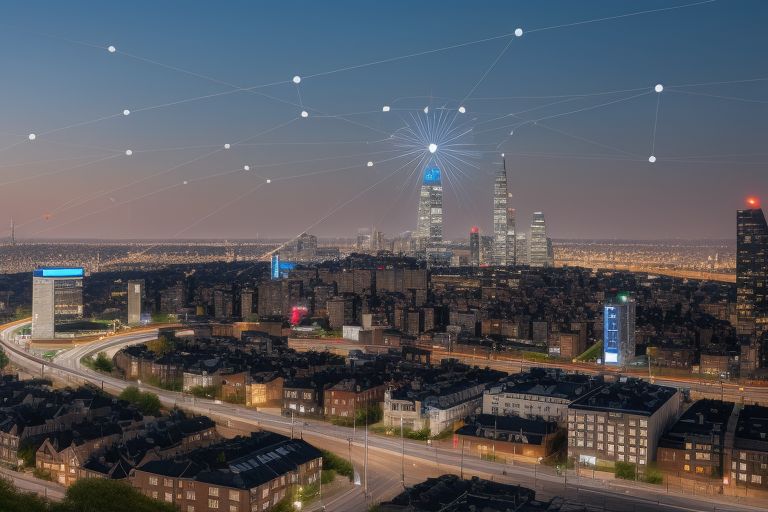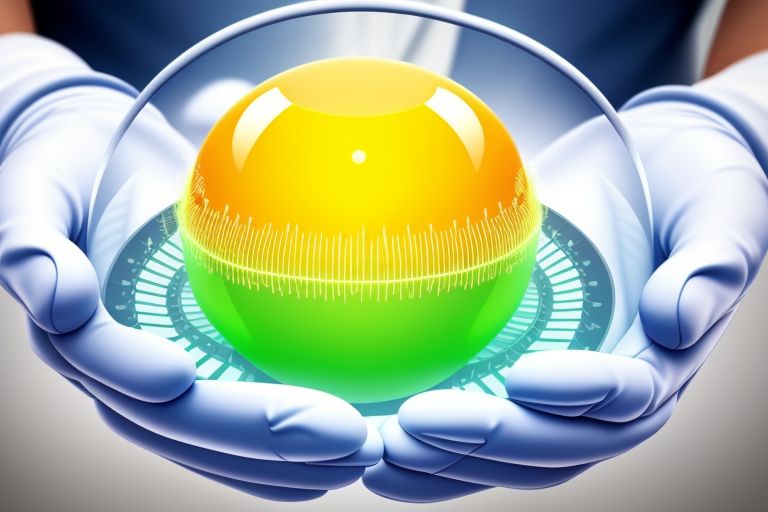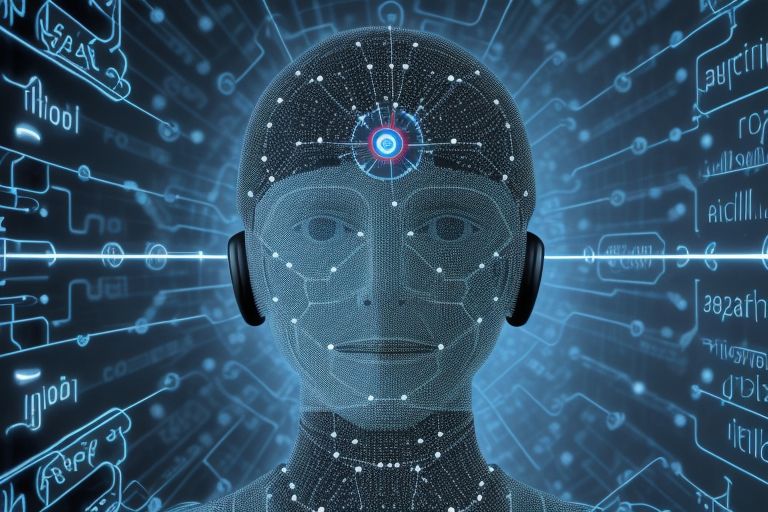The Internet of Things (IoT) is revolutionizing urban living, transforming cities into smart cities. By leveraging IoT technologies, cities can improve various aspects of urban living, making them more efficient, sustainable, and livable. This transformation is achieved through the integration of IoT devices and sensors across city infrastructures, which collect and analyze data to inform decision-making and automate processes. Here’s a closer look at how IoT is enhancing urban living:
1. Traffic Management and Transportation
IoT technology plays a critical role in improving traffic flow and public transportation. Smart traffic lights and sensors can optimize traffic patterns, reducing congestion and travel times. Additionally, IoT-enabled public transportation systems can offer real-time updates, improving the efficiency and convenience for commuters.
2. Waste Management
Smart waste management systems use IoT sensors in trash bins and collection sites to monitor waste levels. This allows for optimized collection routes and schedules, reducing fuel consumption and ensuring cleaner urban environments.
3. Energy Efficiency
IoT devices can significantly enhance energy efficiency in smart cities. Smart grids and meters allow for real-time monitoring and management of energy usage, reducing waste and promoting sustainable practices. Furthermore, IoT-enabled buildings can automate heating, cooling, and lighting, adapting to occupancy and environmental conditions to save energy.
4. Water Management
Smart water management systems leverage IoT sensors to monitor water supply and demand, detect leaks, and manage irrigation systems. This not only conserves water resources but also minimizes the costs and environmental impact associated with water management.
5. Public Safety and Security
IoT technologies enhance public safety and security through surveillance cameras and emergency response systems that can detect and respond to incidents more quickly and effectively. For example, smart lighting can improve visibility in public spaces, reducing crime rates.
6. Environmental Monitoring
IoT sensors are crucial for monitoring environmental parameters such as air and water quality. This data can inform policies and actions to tackle pollution and ensure a healthier urban environment for residents.
7. Healthcare Services
In smart cities, IoT applications in healthcare can offer remote monitoring for patients, reducing the need for hospital visits and allowing for timely medical interventions. This not only improves healthcare outcomes but also reduces the strain on urban healthcare systems.
8. Community Engagement
IoT can enhance community engagement by providing platforms for residents to interact with city services directly. This includes reporting issues, accessing information, and participating in community decision-making processes.
Challenges and Considerations
While IoT holds great promise for enhancing urban living, it also presents challenges such as data privacy and security, the digital divide, and the need for significant infrastructure investment. Addressing these challenges requires thoughtful planning, robust security measures, and inclusive policies to ensure that the benefits of smart cities are accessible to all residents.
In conclusion, IoT in smart cities represents a pivotal shift towards more sustainable, efficient, and livable urban environments. By integrating IoT technologies into city infrastructure and services, urban areas can become more responsive to the needs of their residents and the environment, heralding a new era of urban living.



